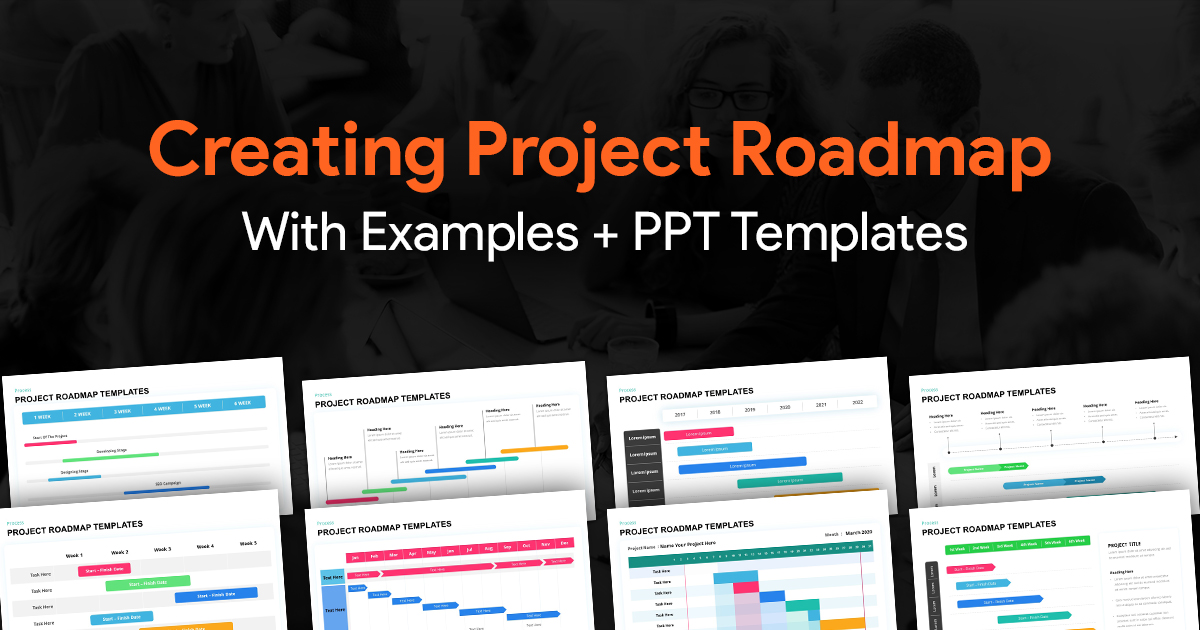AI Usage Guidelines for Presentation Teams: Stay Compliant While Moving Fast

In today’s fast-paced business environment, presentation teams are increasingly turning to AI tools to enhance creativity, streamline workflows, and meet tight deadlines. However, this technological advancement brings significant compliance challenges, especially when handling sensitive information. For team leads and managers overseeing presentation teams, establishing clear AI usage guidelines is no longer optional, it’s essential for balancing innovation with regulatory compliance.
Why AI Guidelines Matter for Presentation Teams
Presentation teams often work with confidential business strategies, financial data, and customer insights. Without proper guidelines, AI usage can lead to data leakage, regulatory violations, and reputational damage. According to research, companies with established AI governance frameworks are 45% less likely to experience compliance violations (Source).
“A solid AI compliance policy needs proactive risk assessments, clear usage policies including tool whitelisting, enforcement strategies, and continuous monitoring to avoid data breaches,” notes industry experts at Spin.ai. This comprehensive approach is particularly crucial for presentation teams who frequently translate complex information into digestible formats for various stakeholders.
Setting Rules for AI Inputs
The first line of defense in your AI guidelines should focus on what information can and cannot be fed into AI systems.
Prohibited inputs should include:
– Personally identifiable information (PII)
– Customer confidential data
– Financial projections not yet disclosed publicly
– Proprietary business strategies
– Embargoed announcements or marketing materials
“Defining acceptable AI use is crucial; for example, avoid using sensitive or demographic data, restrict AI’s role in material decisions, and require review for high-risk uses,” advises compliance experts at FairNow (Source).
For presentation teams, this means establishing clear categories of information that must never be entered into general-purpose AI tools. Consider implementing a classification system for content, where highly sensitive materials are clearly marked as “Not for AI Processing.”
Managing AI Outputs
Even with careful input management, AI-generated outputs require oversight. Your guidelines should establish:
1. Verification processes for all AI-generated content before inclusion in presentations
2. Labeling requirements to identify AI-created elements
3. Accuracy checks comparing outputs against source materials
“Shadow AI (unauthorized AI use) poses compliance risks through unmonitored data handling; human oversight remains essential despite AI’s role in automating compliance tasks,” warns Scrut.io (Source). This highlights the importance of maintaining human review of AI outputs, especially in presentation contexts where nuance and accuracy are paramount.
Presentation teams should implement a “review and verify” workflow for all AI-generated content, ensuring factual accuracy and alignment with company messaging before incorporation into final deliverables.
Disclosure and Transparency
Transparency about AI usage builds trust with stakeholders and helps meet emerging regulatory requirements.
Your guidelines should require clear disclosure when:
– AI has generated substantial portions of presentation content
– AI tools have been used to analyze data presented in slides
– Visual elements have been created or significantly modified using AI
“Rapidly evolving AI regulations like the EU AI Act and GDPR require organizations to maintain governance, transparency, and ongoing risk assessments to navigate complex compliance landscapes,” explains Microsoft’s compliance team (Source).
For presentation teams, this means developing standard disclosure statements and visual indicators that can be incorporated into presentations to acknowledge AI contributions appropriately.
Audit Trails and Quality Checks
Documentation of AI usage is critical for both compliance and quality control. Your guidelines should mandate:
1. Logging which AI tools were used for specific tasks
2. Recording what information was input (in general terms, without repeating sensitive data)
3. Documenting human review and verification steps
4. Maintaining version history showing AI contributions versus human edits
These records serve multiple purposes: they demonstrate due diligence during audits, help identify potential issues before they become problems, and provide teachable examples for team training.
“Develop a modular AI policy template with input from legal, IT, HR, and risk management, ensuring it’s flexible, clear, and regularly updated with employee training,” recommends Witness.ai (Source). This collaborative approach ensures your audit systems capture the right information without overwhelming team members with bureaucracy.
Employee Training and Cross-Functional Collaboration
Guidelines are only effective when teams understand and embrace them. Regular training should address:
– Which AI tools are approved for use
– How to identify sensitive information
– Proper documentation procedures
– When to escalate concerns about AI outputs
“Effective AI policies prioritize employee education over punishment, involve cross-functional teams including legal and HR, and foster feedback loops to keep policies practical and updated,” notes CyberSierra (Source).
For presentation teams specifically, consider creating a collaboration council that includes representatives from legal, compliance, IT security, and creative leadership. This cross-functional approach ensures guidelines balance compliance requirements with practical creative needs.
Risk Assessment and Policy Updates
AI technology evolves rapidly, requiring regular review and updates to your guidelines. Establish a quarterly review cycle to:
1. Assess new AI tools and features being adopted by the industry
2. Evaluate emerging compliance requirements
3. Gather feedback from presentation team members about guideline effectiveness
4. Update training materials and documentation requirements
This proactive approach helps your team stay ahead of compliance challenges while still benefiting from AI advancements. According to Spin.ai, organizations with regular policy update cycles are 30% more likely to avoid compliance penalties related to new regulations (Source).
Implementing Guidelines Without Slowing Down
The key challenge for presentation teams is implementing these guidelines without sacrificing speed and creativity. Consider these practical implementation steps:
1. Create AI-ready templates that include disclosure statements and documentation fields
2. Develop a whitelist of pre-approved AI tools with compliance features
3. Build compliance checkpoints into existing workflow rather than adding new steps
4. Automate documentation where possible to reduce manual record-keeping
5. Establish clear escalation paths for quick resolution of compliance questions
“AI policies must be practical and actionable for day-to-day operations, not just theoretical frameworks,” emphasizes CyberSierra (Source). By integrating compliance requirements directly into presentation workflows, teams can maintain both speed and regulatory alignment.
Conclusion
For presentation teams, AI tools offer tremendous benefits in efficiency and creativity. With thoughtful guidelines addressing inputs, outputs, disclosure, documentation, training, and ongoing assessment, your team can leverage these benefits while maintaining necessary compliance safeguards. The goal isn’t to restrict AI usage, but to channel it responsibly, allowing your presentation team to innovate confidently within appropriate boundaries.


